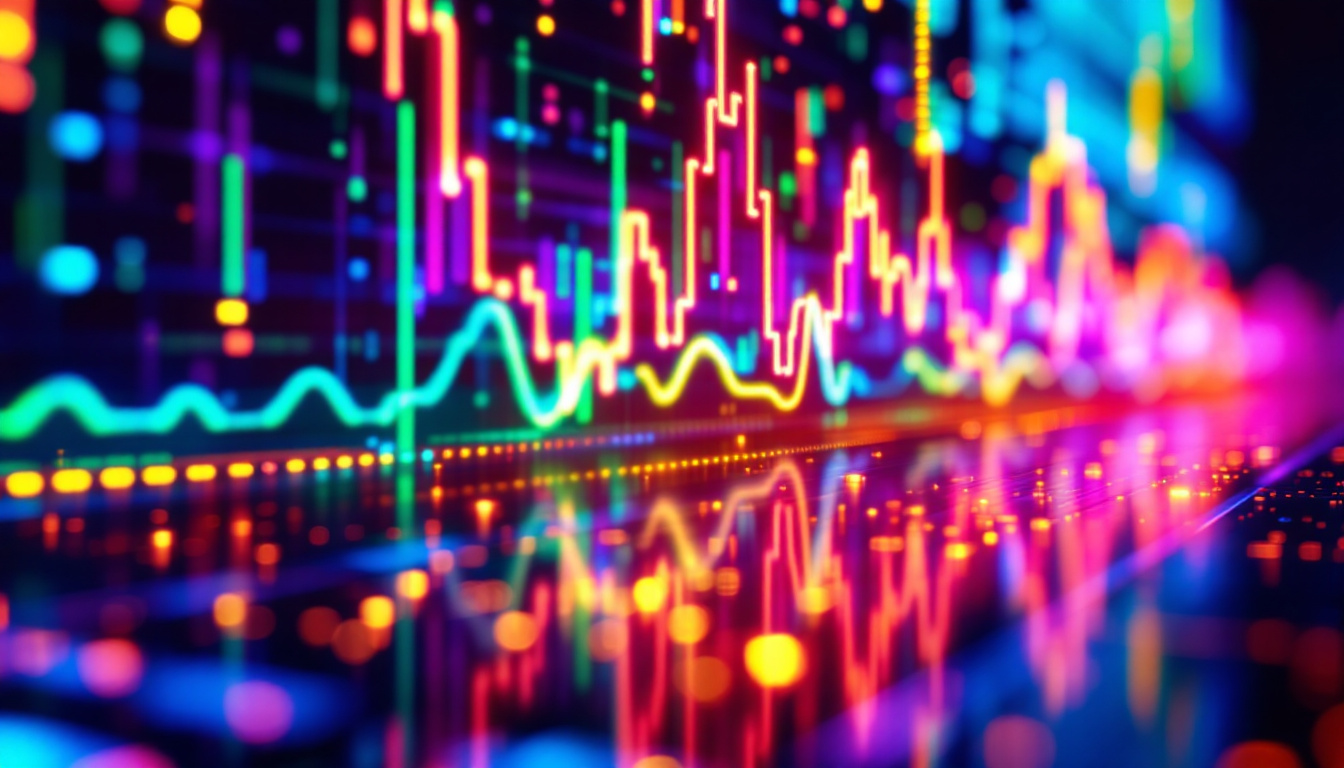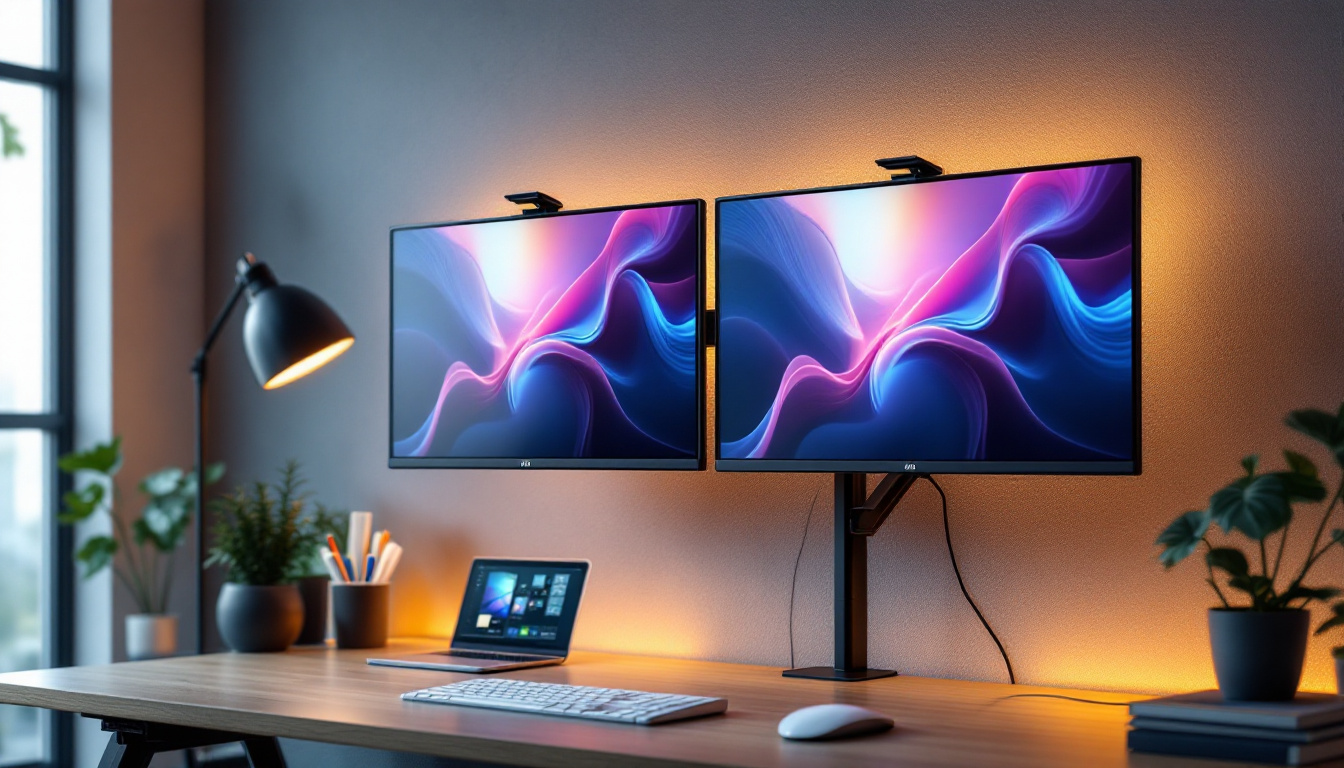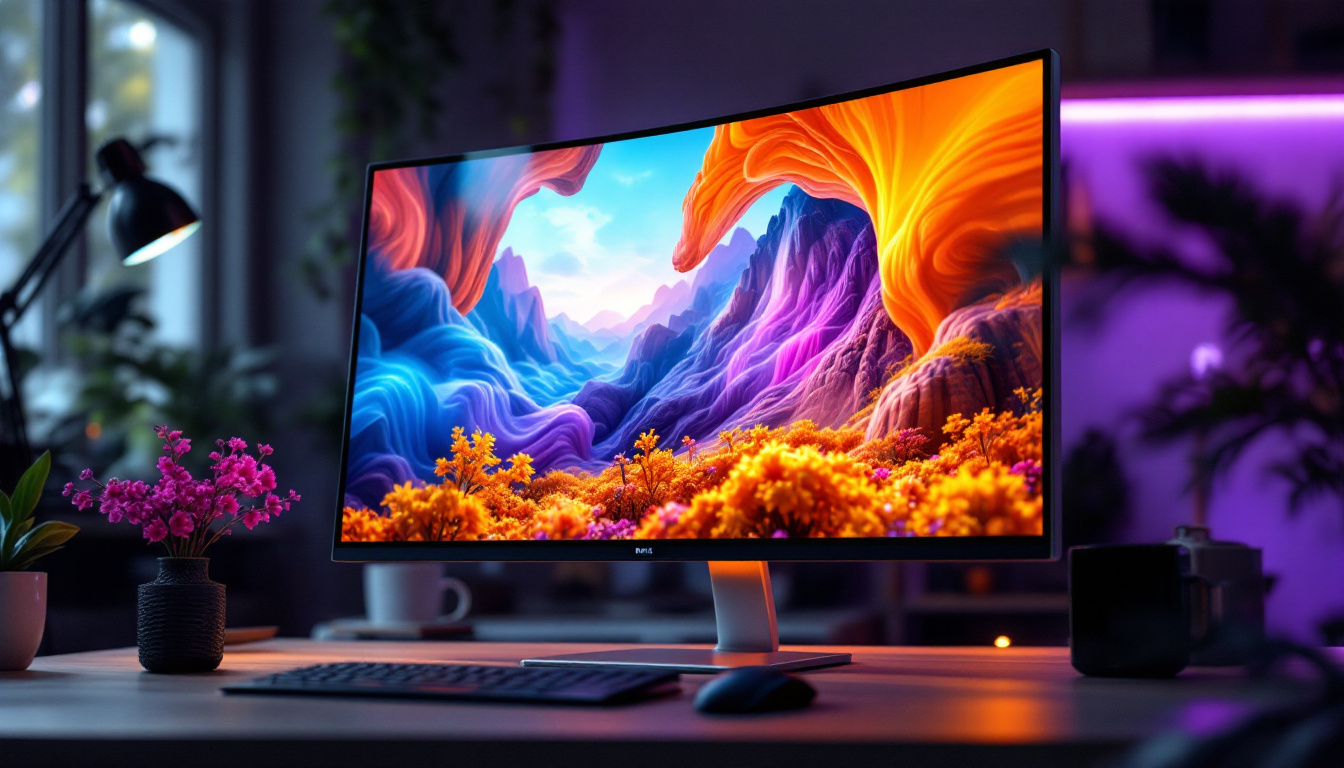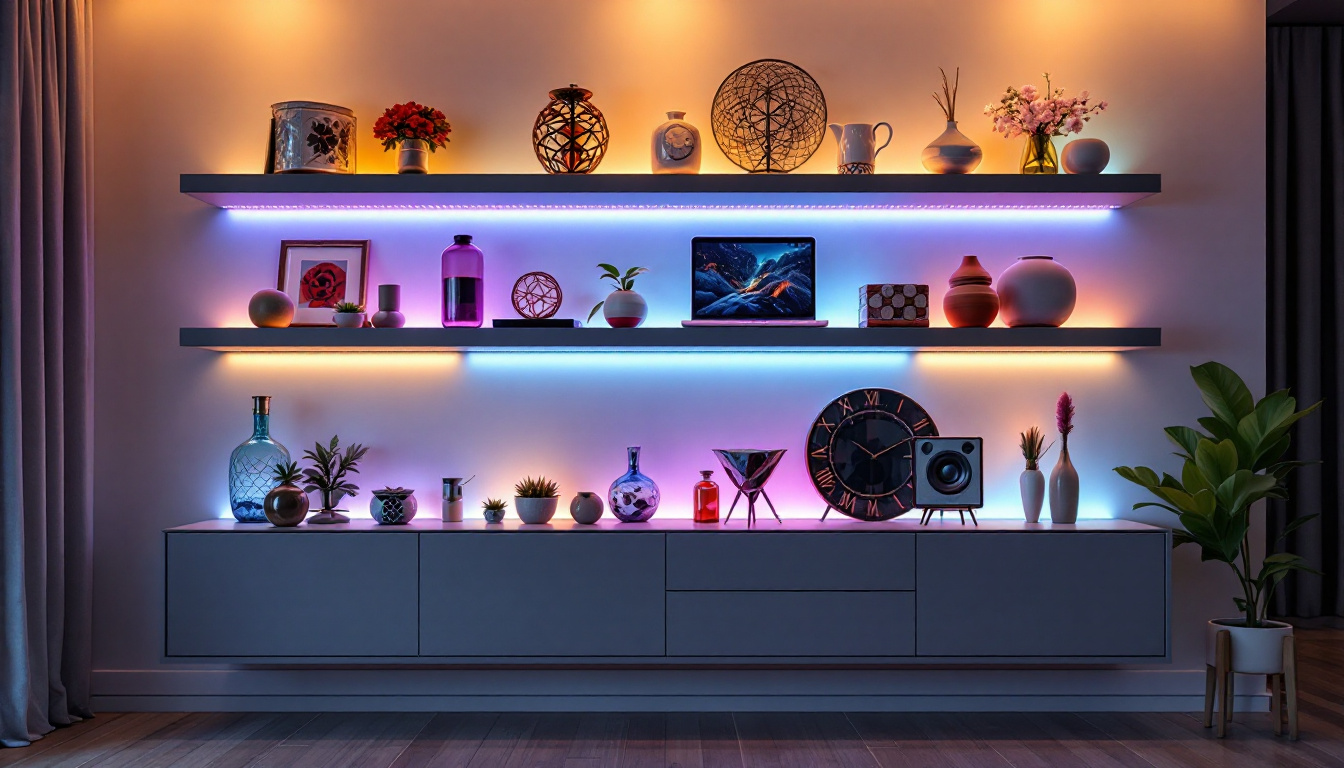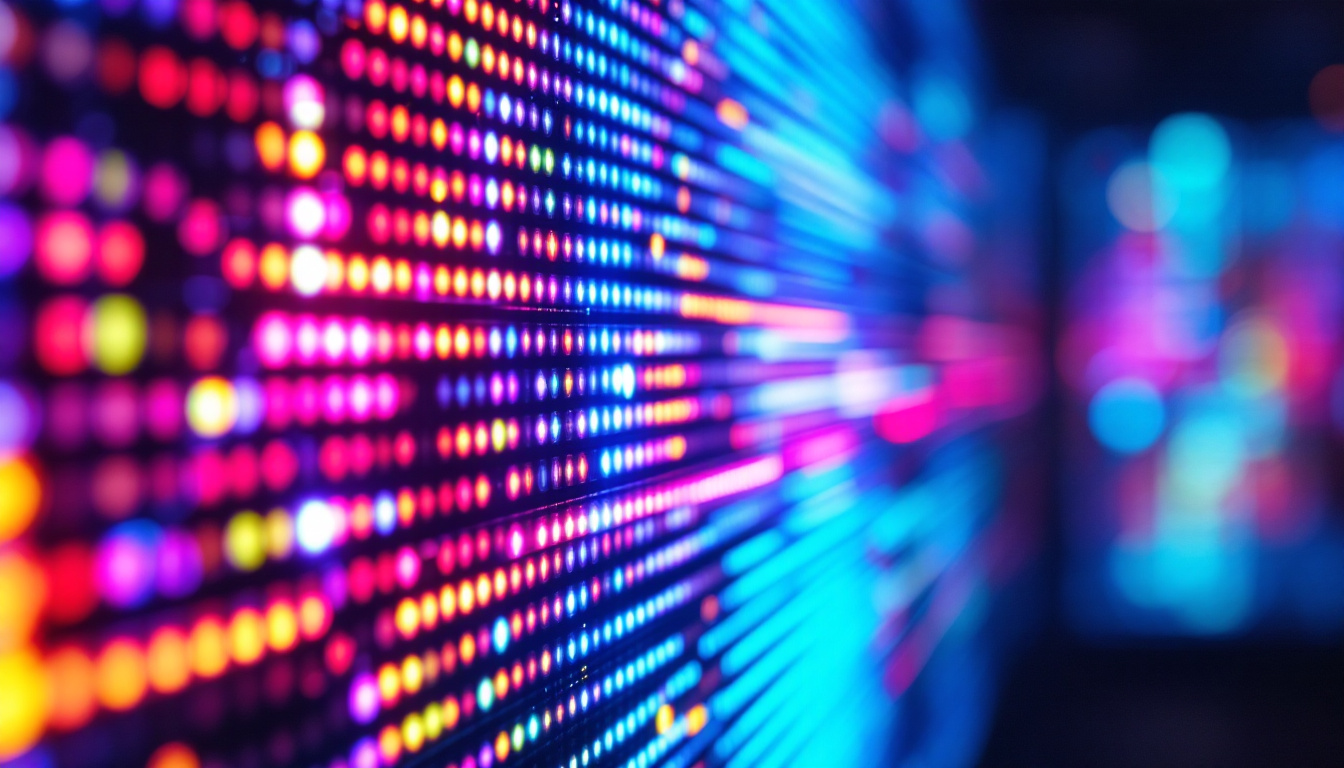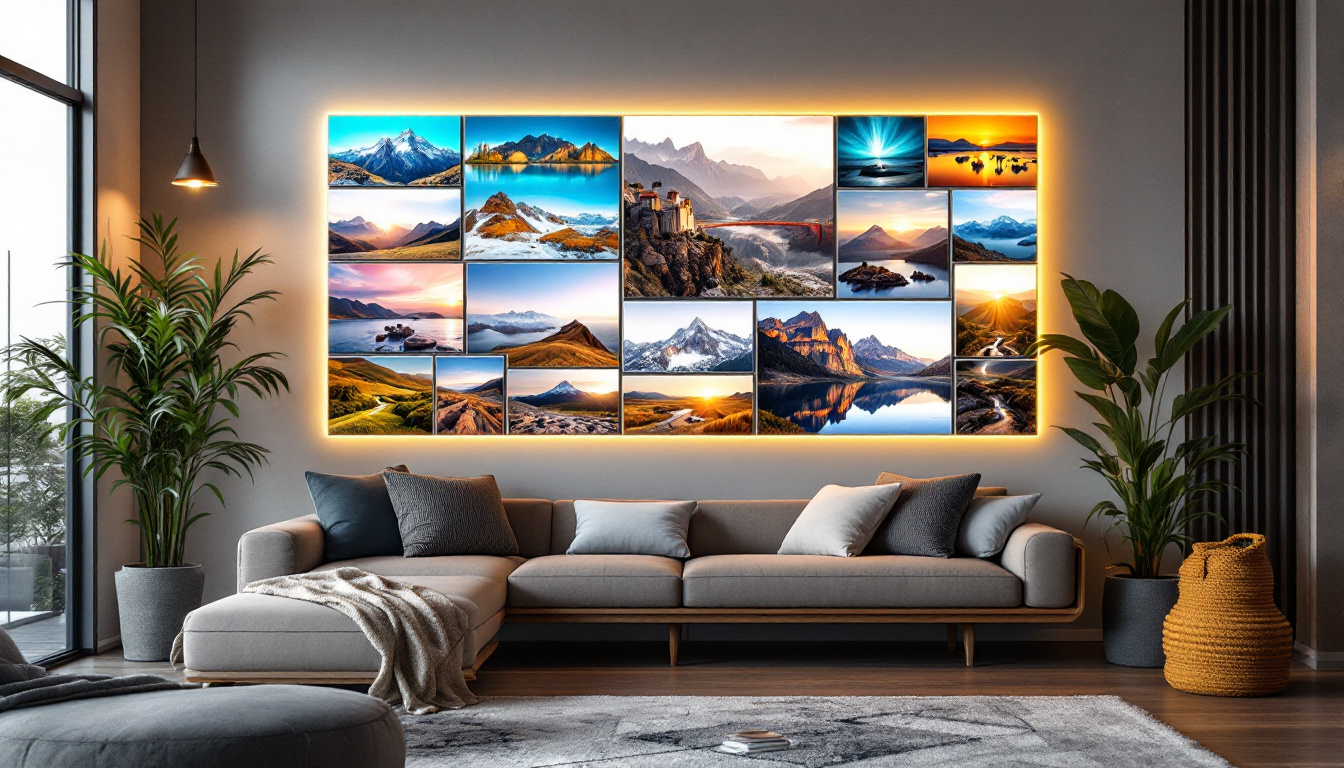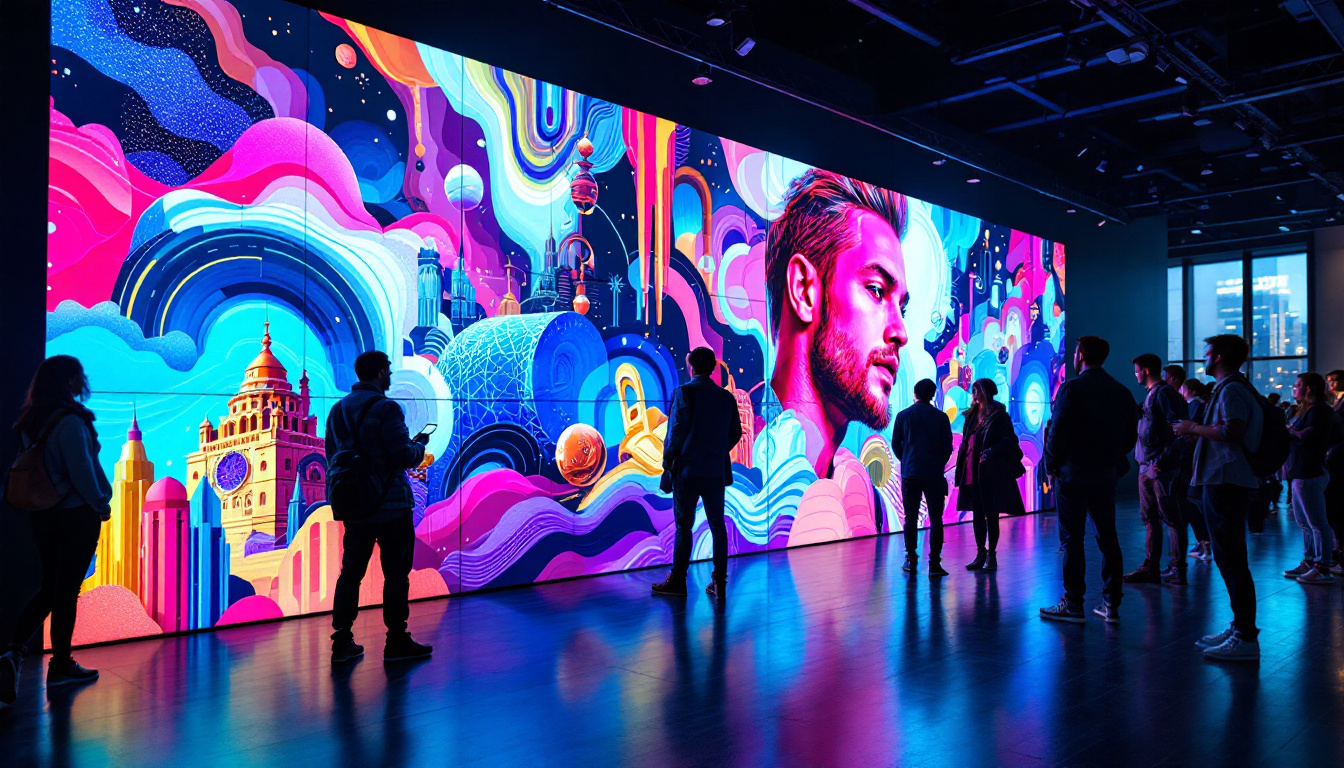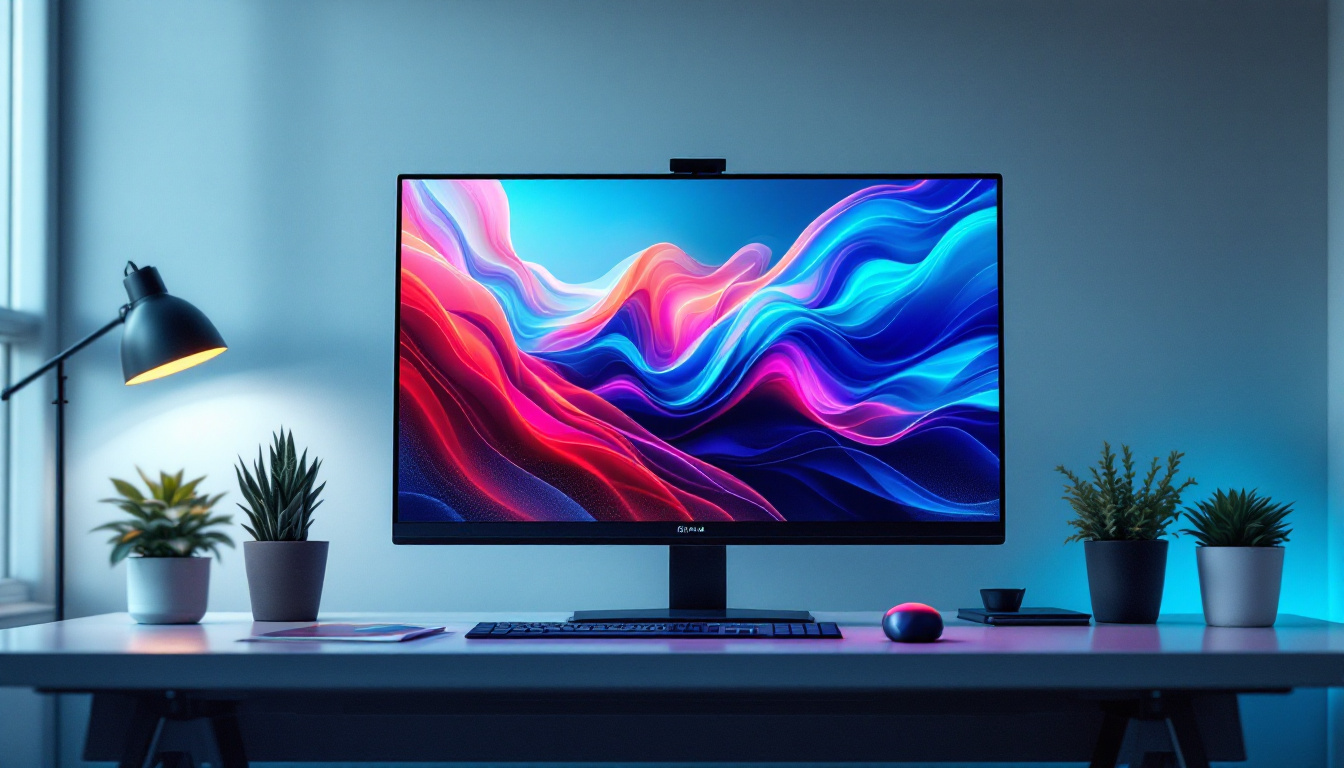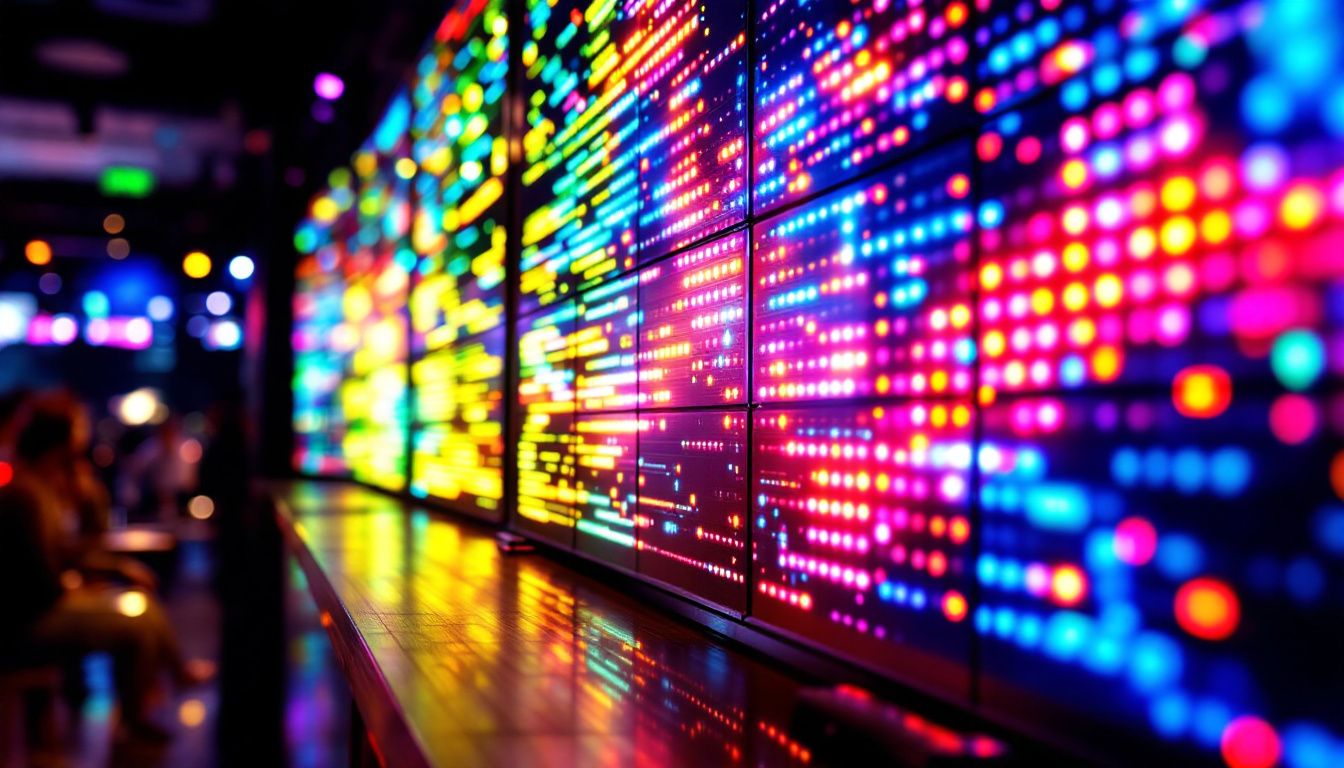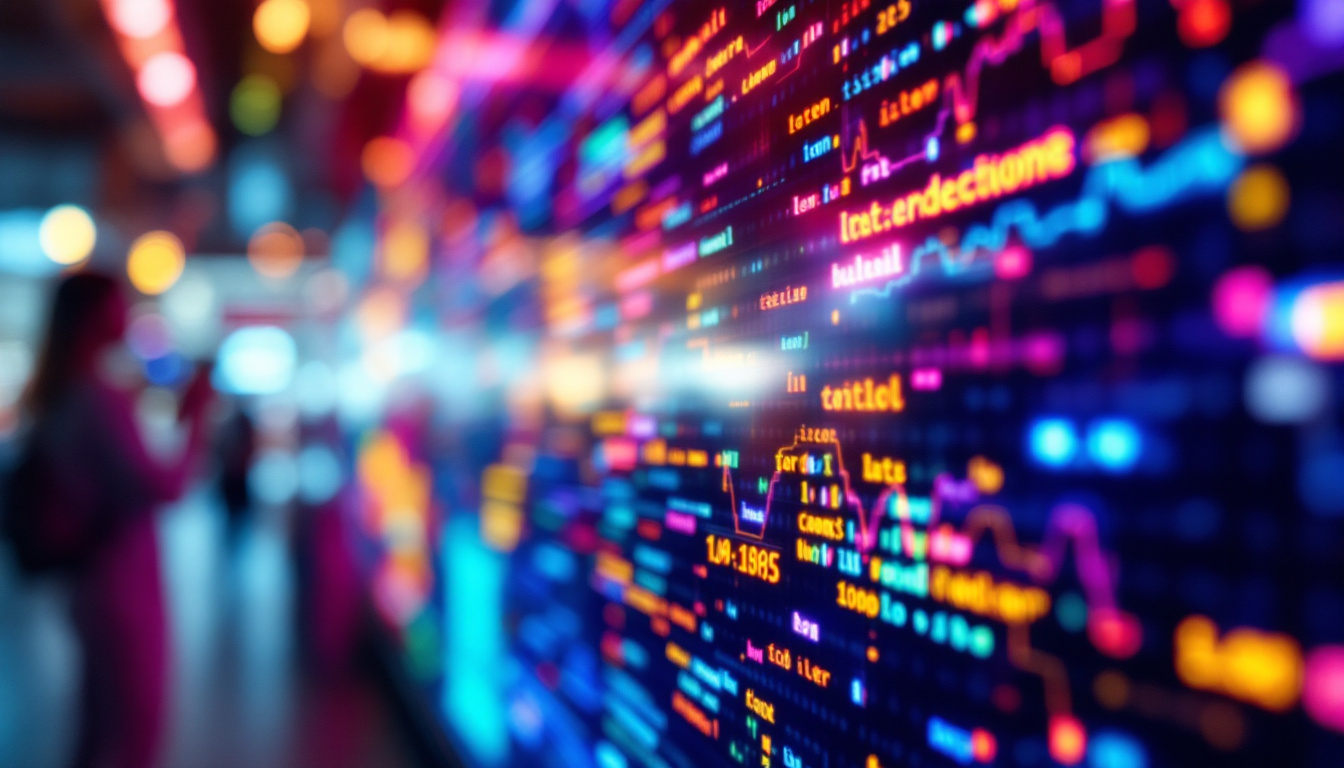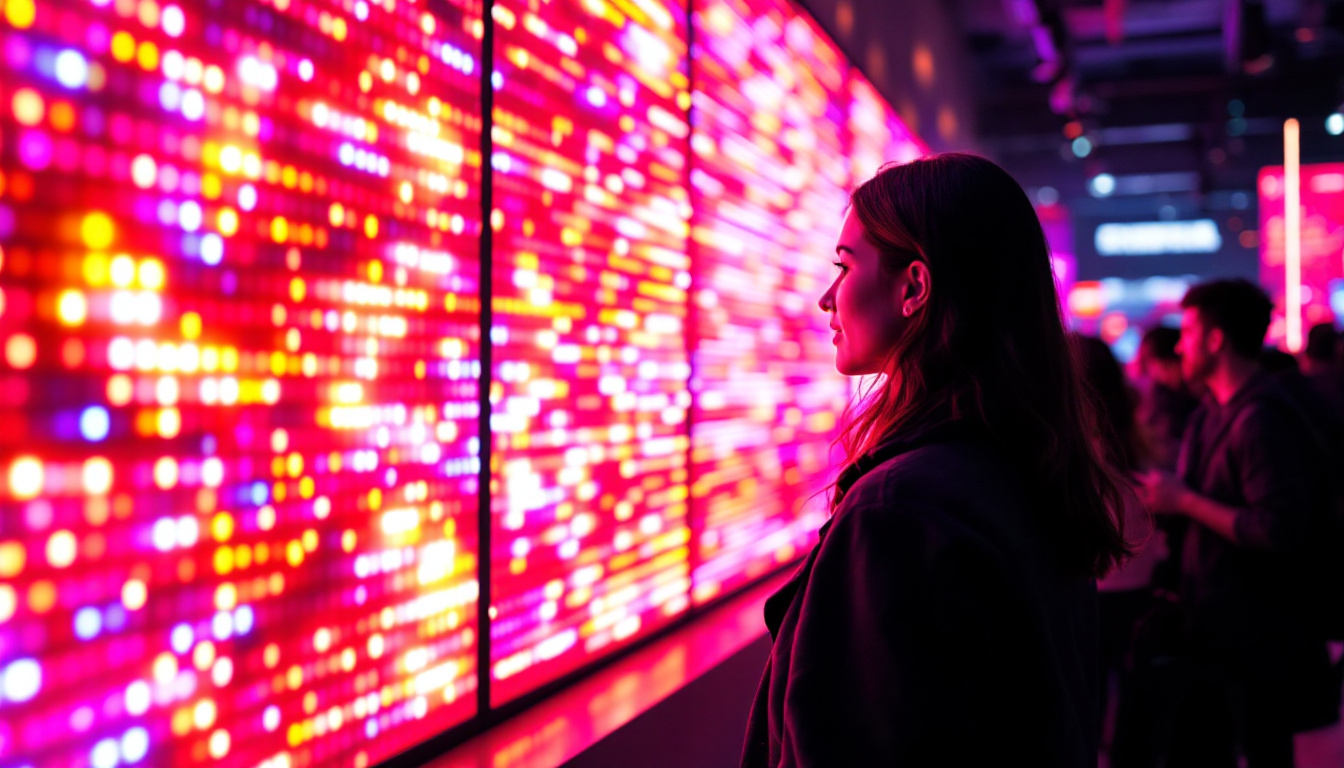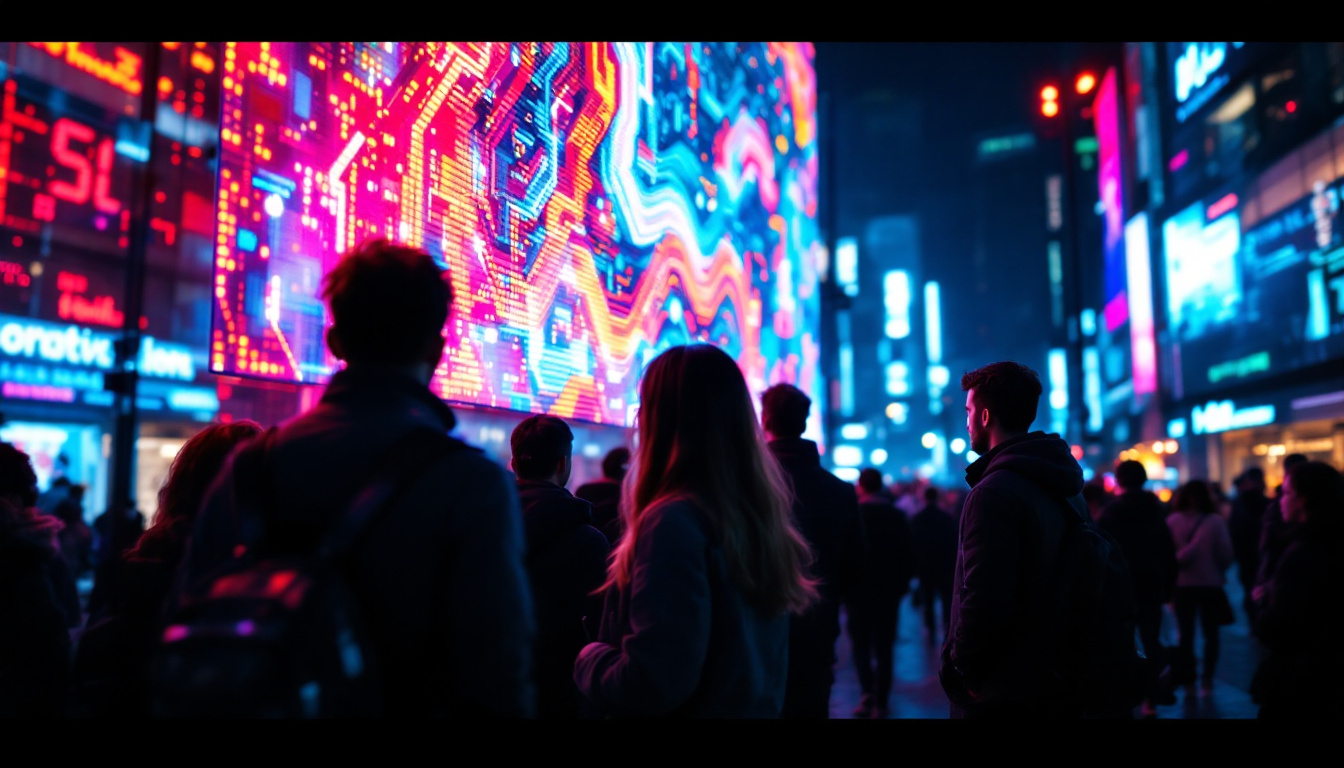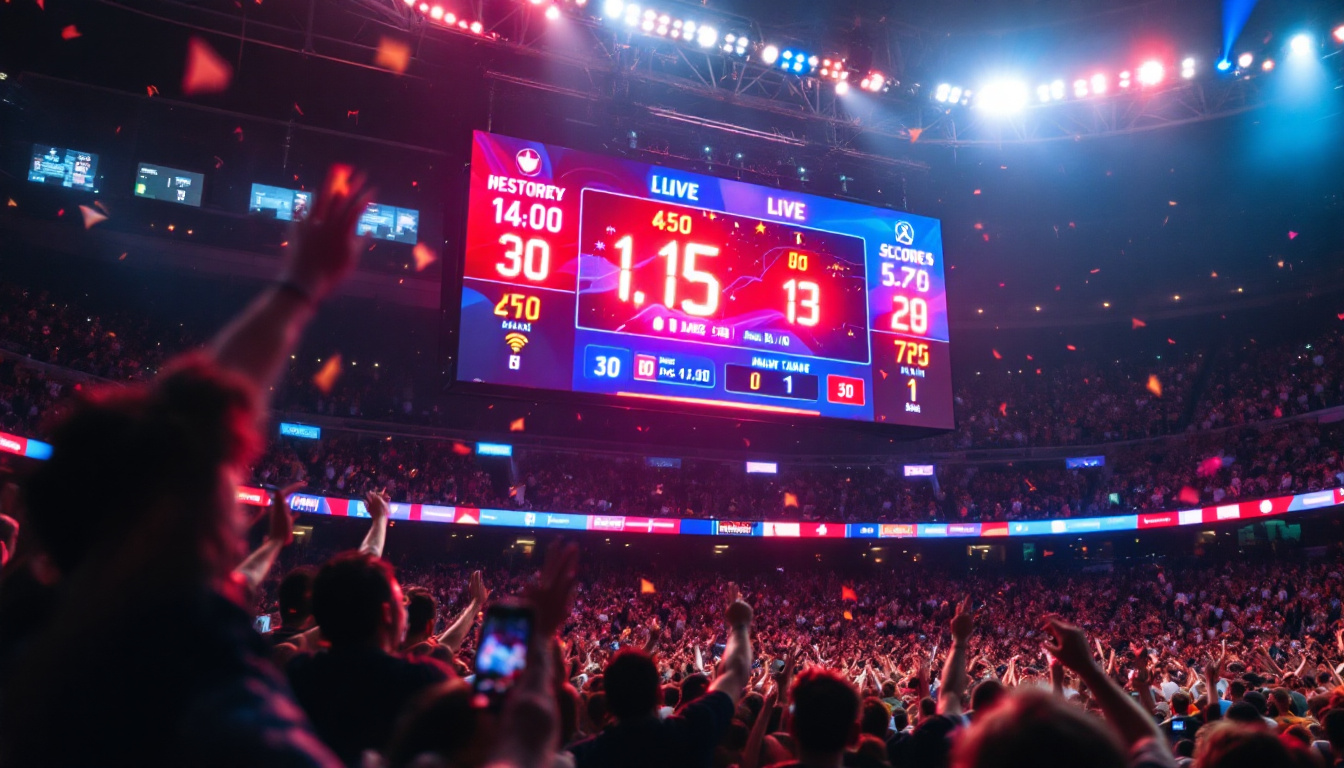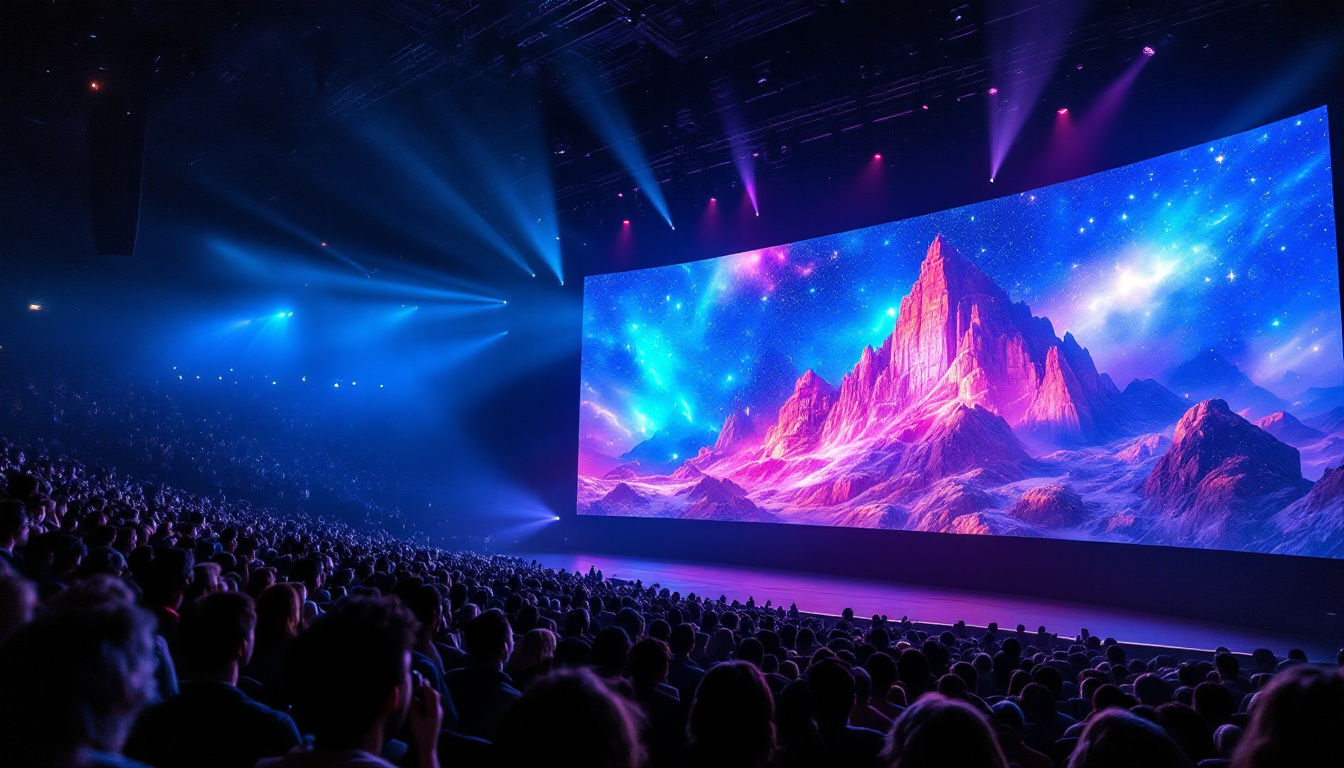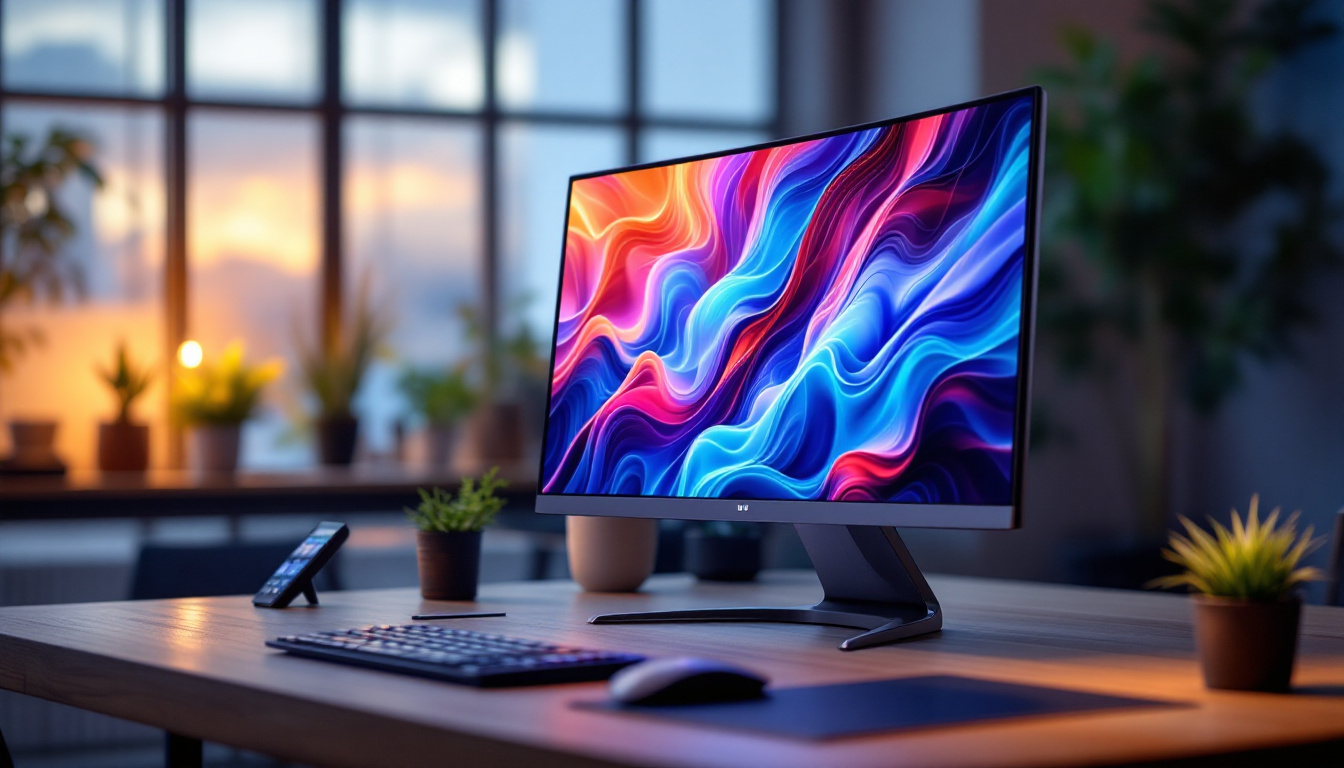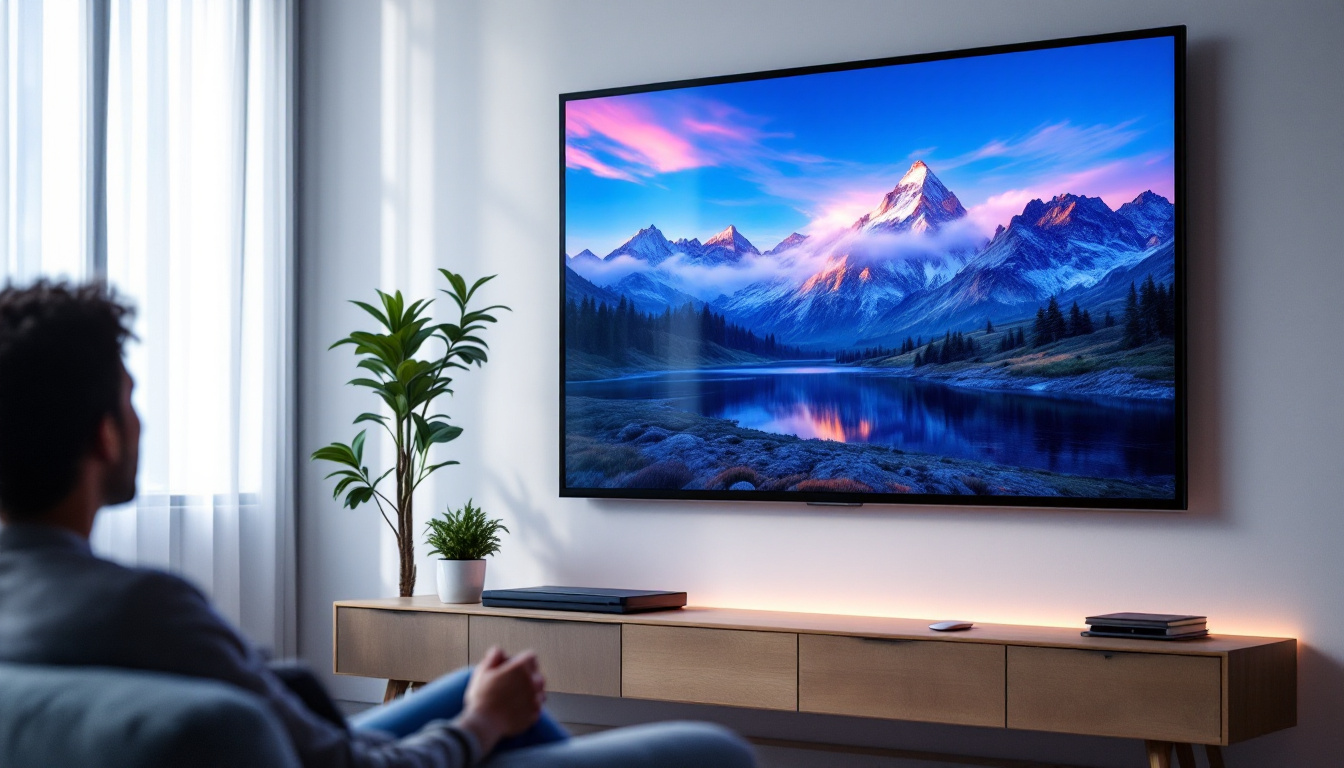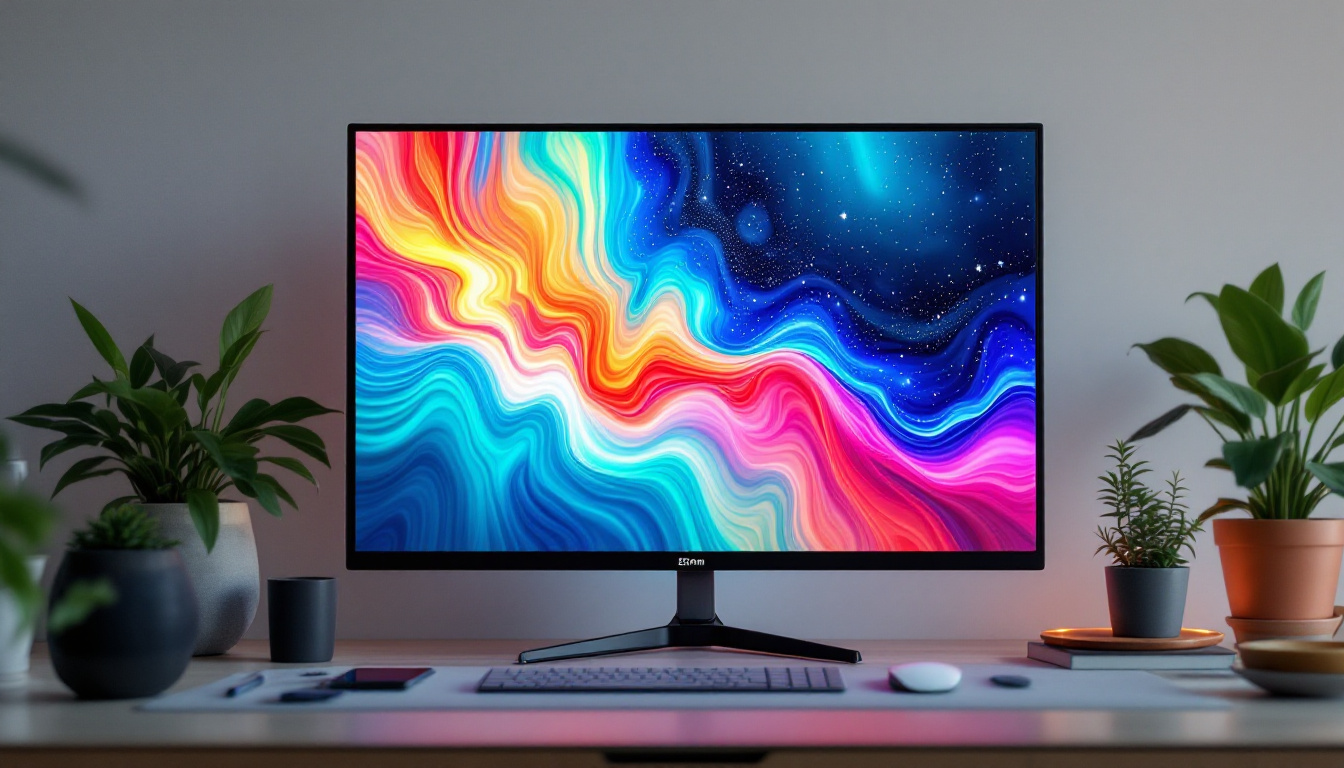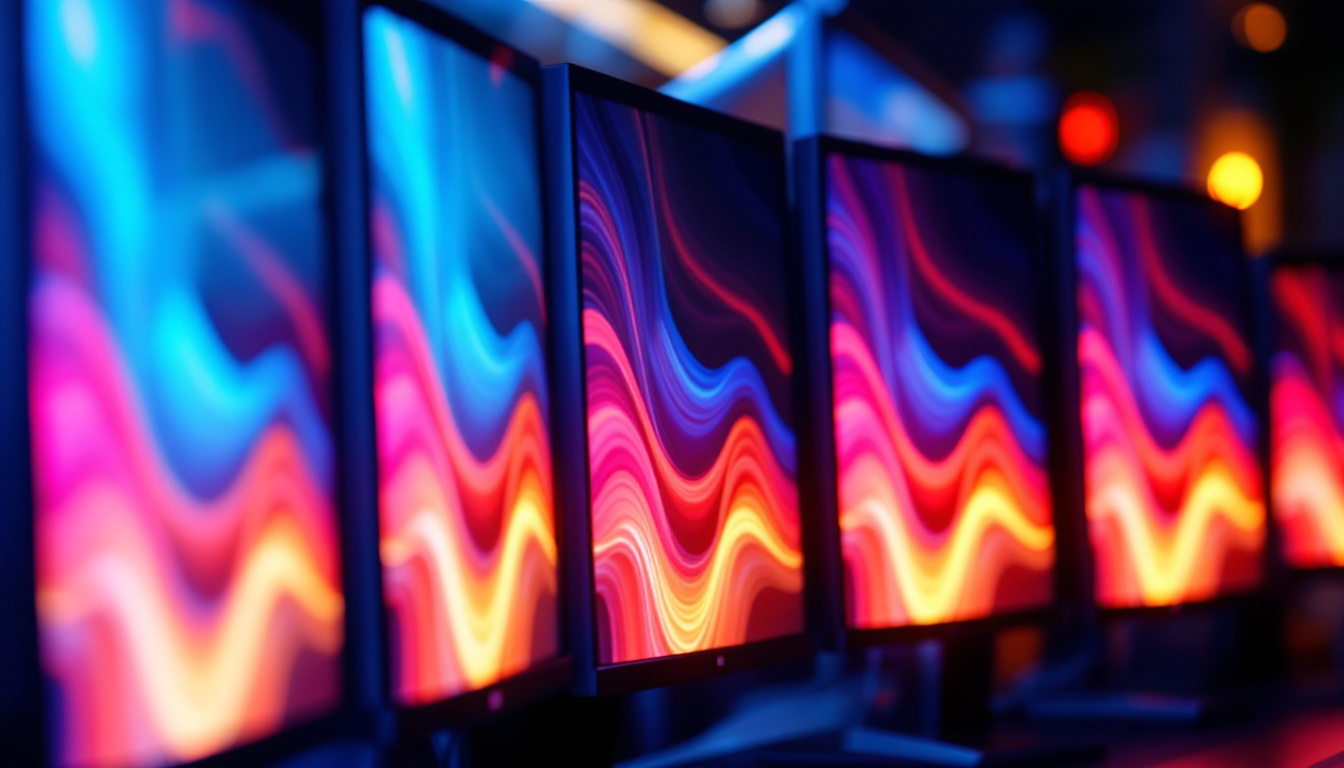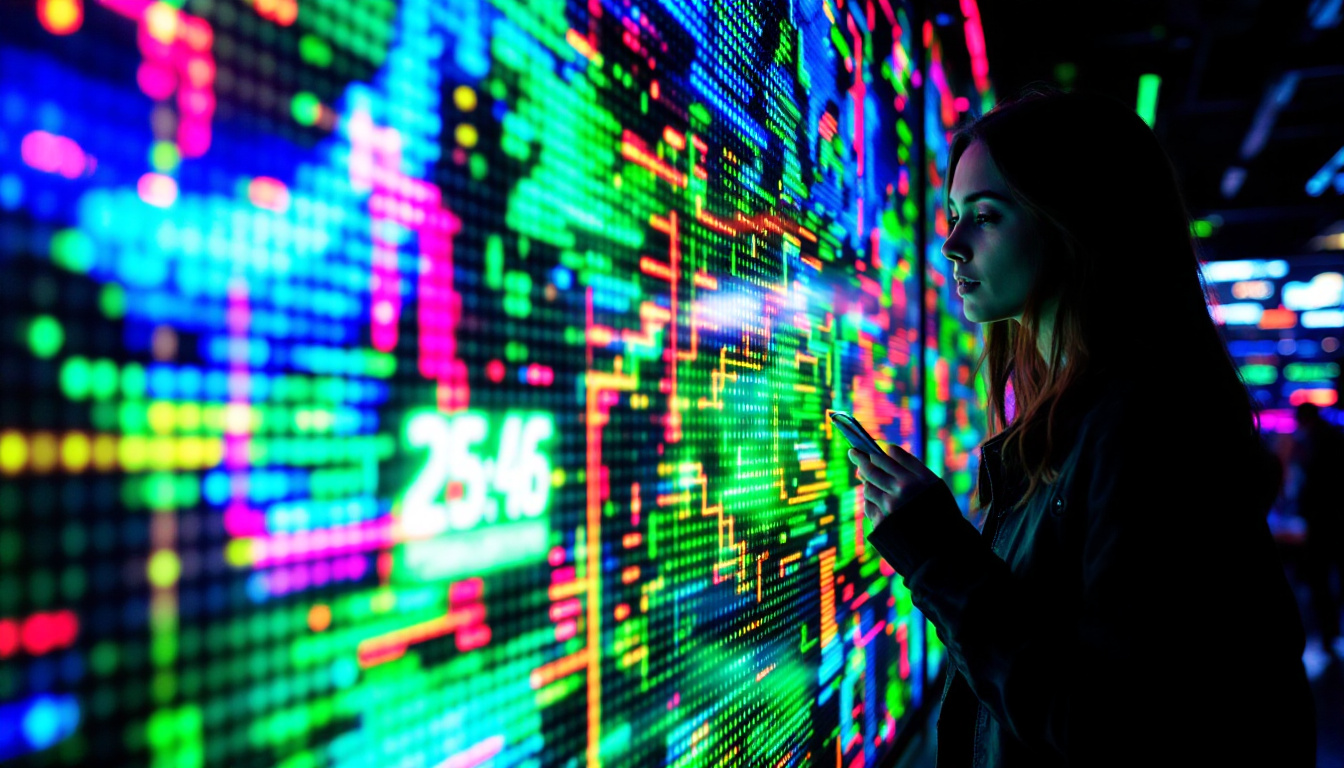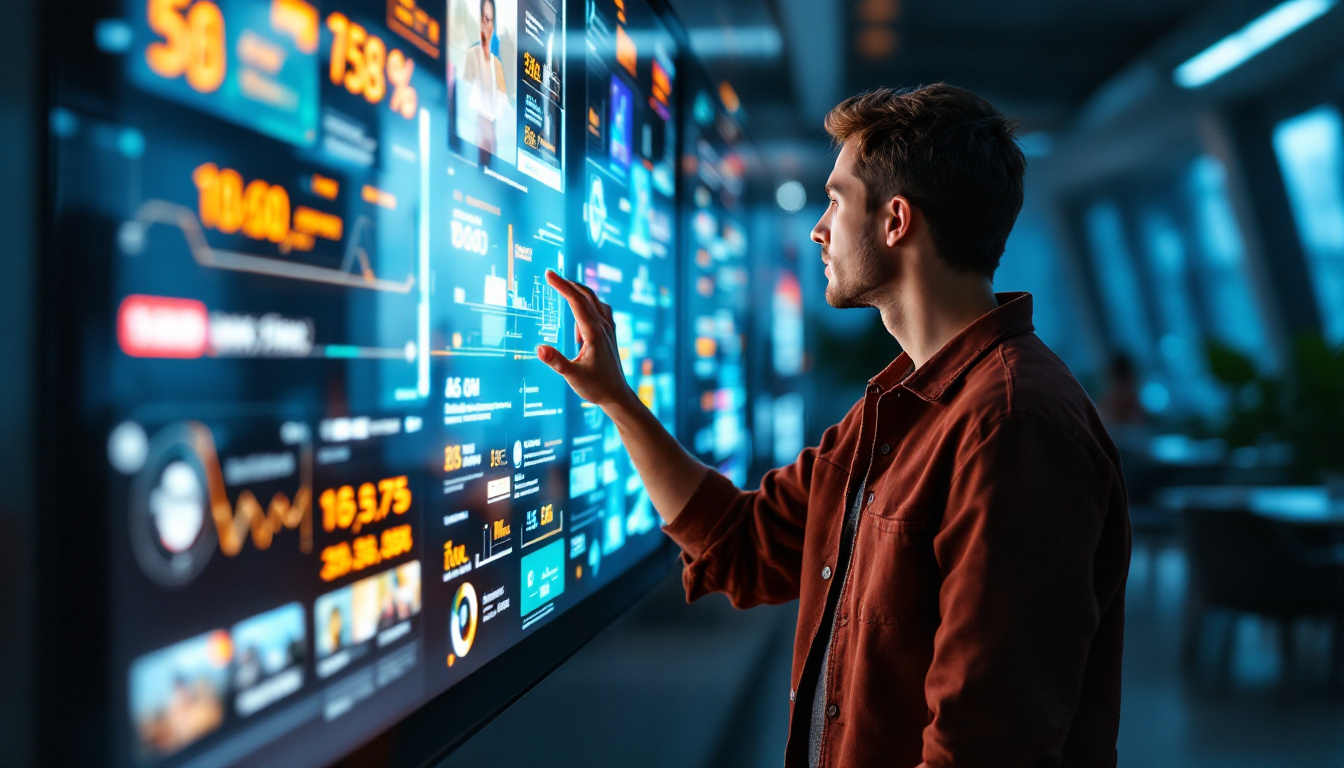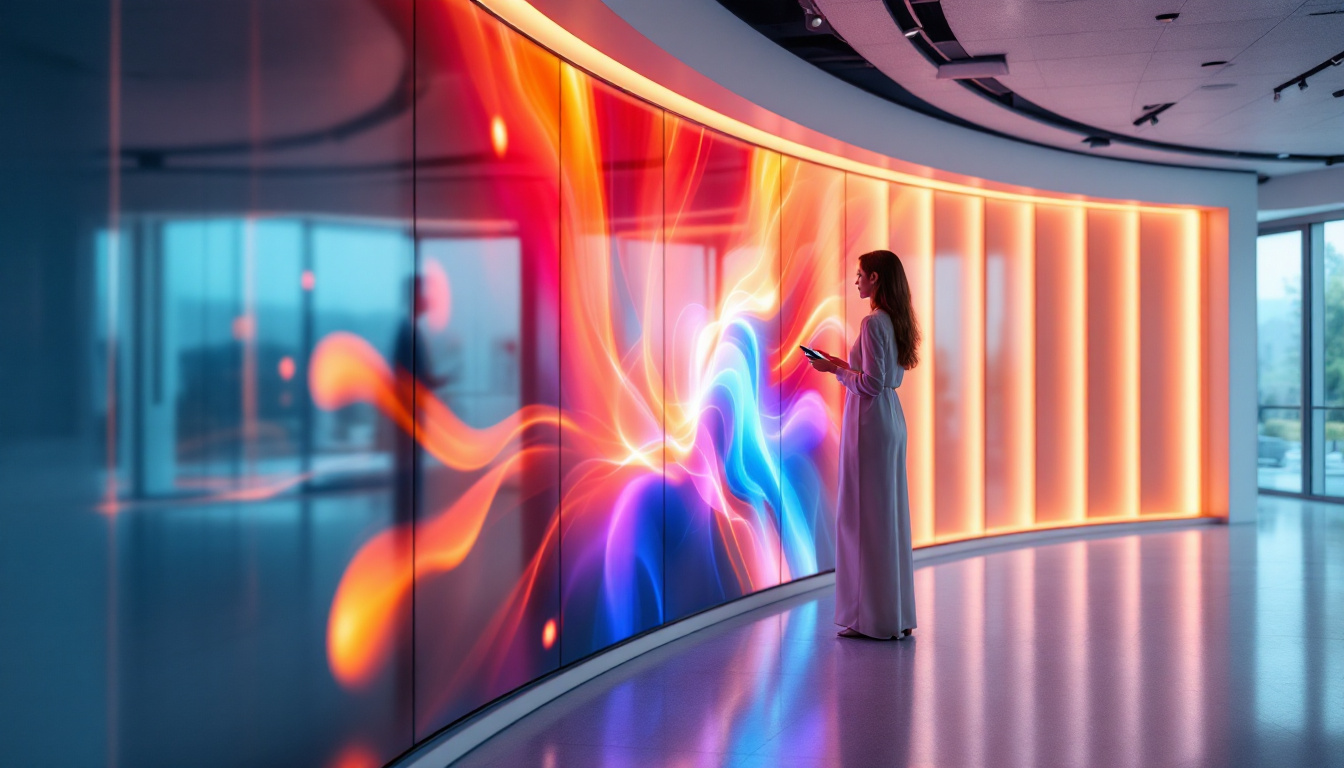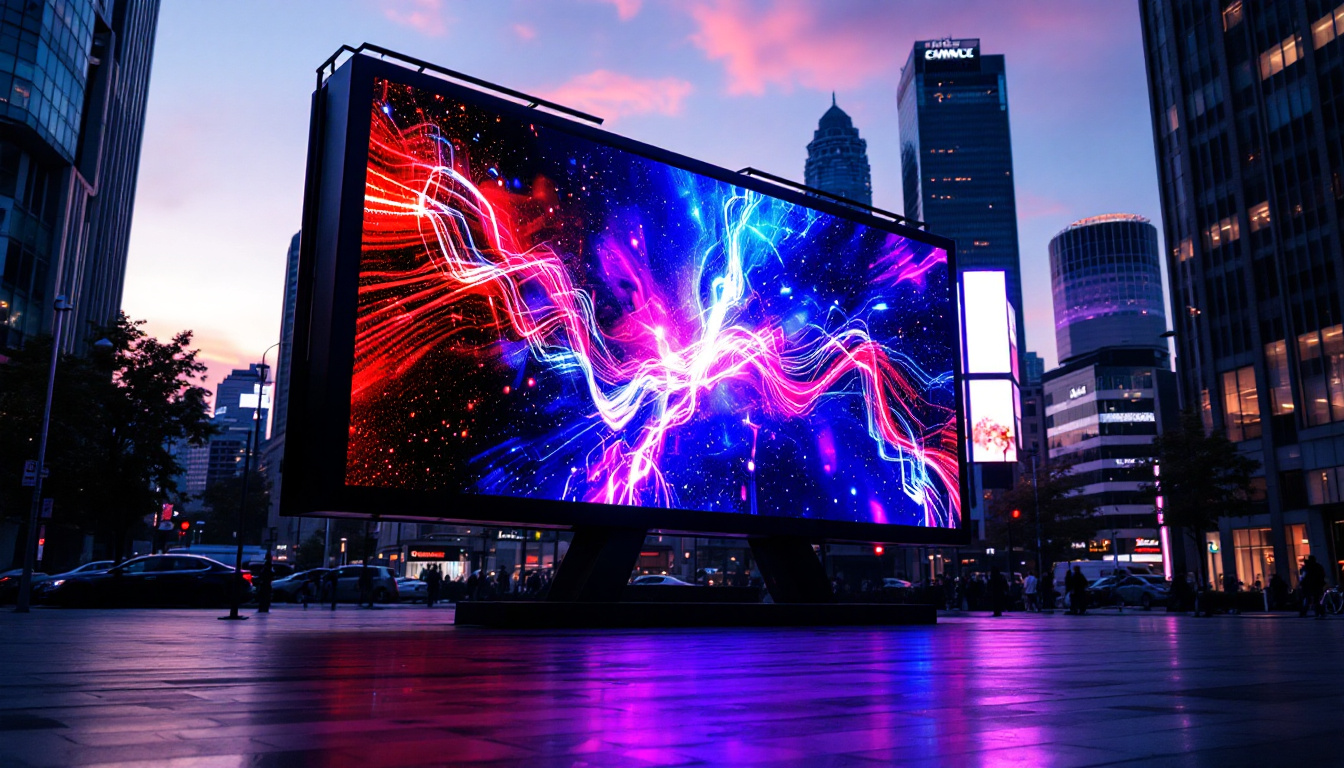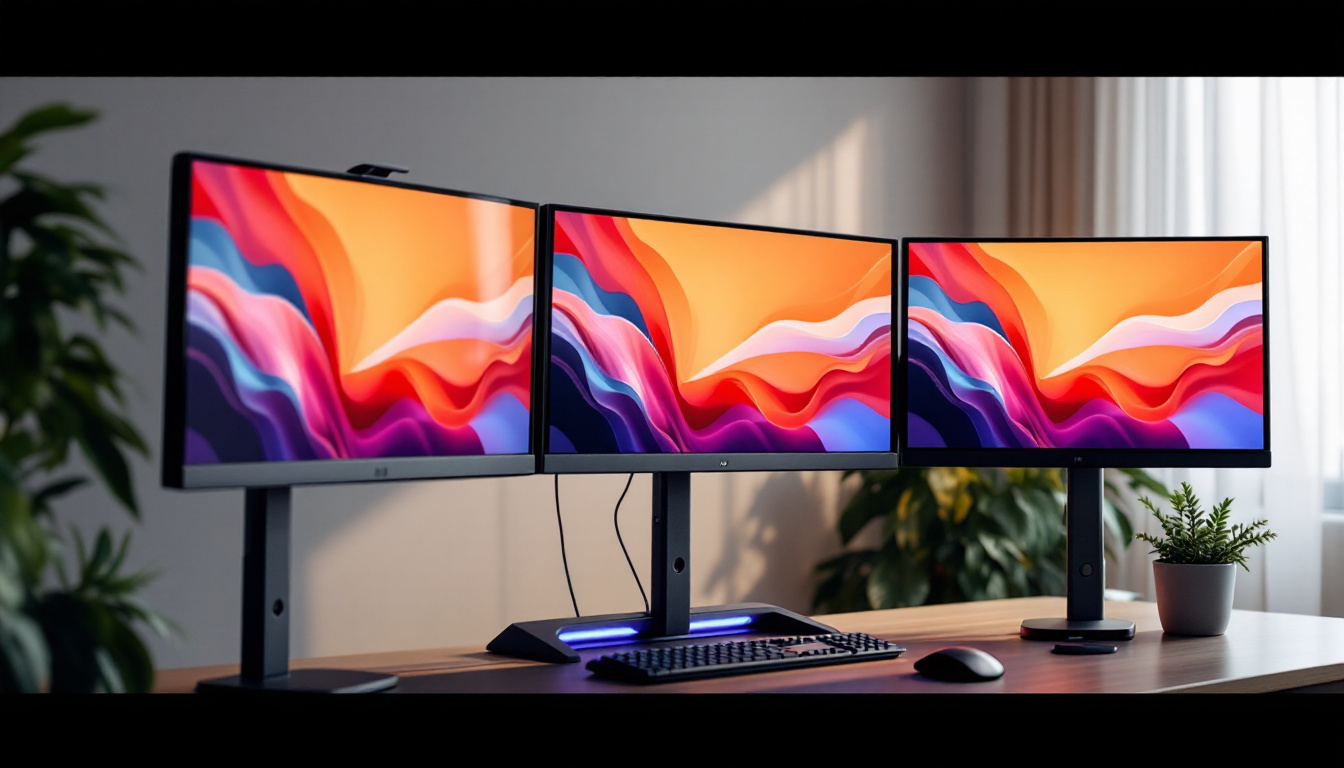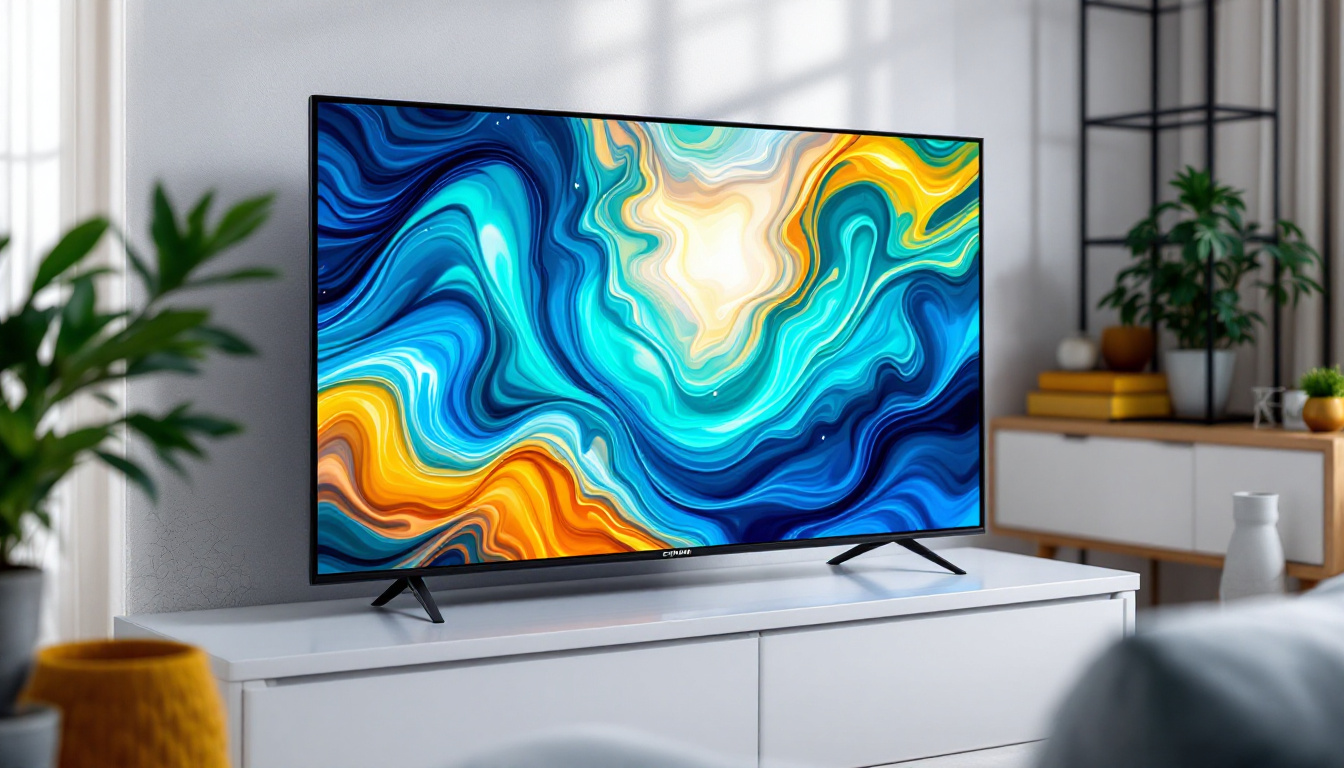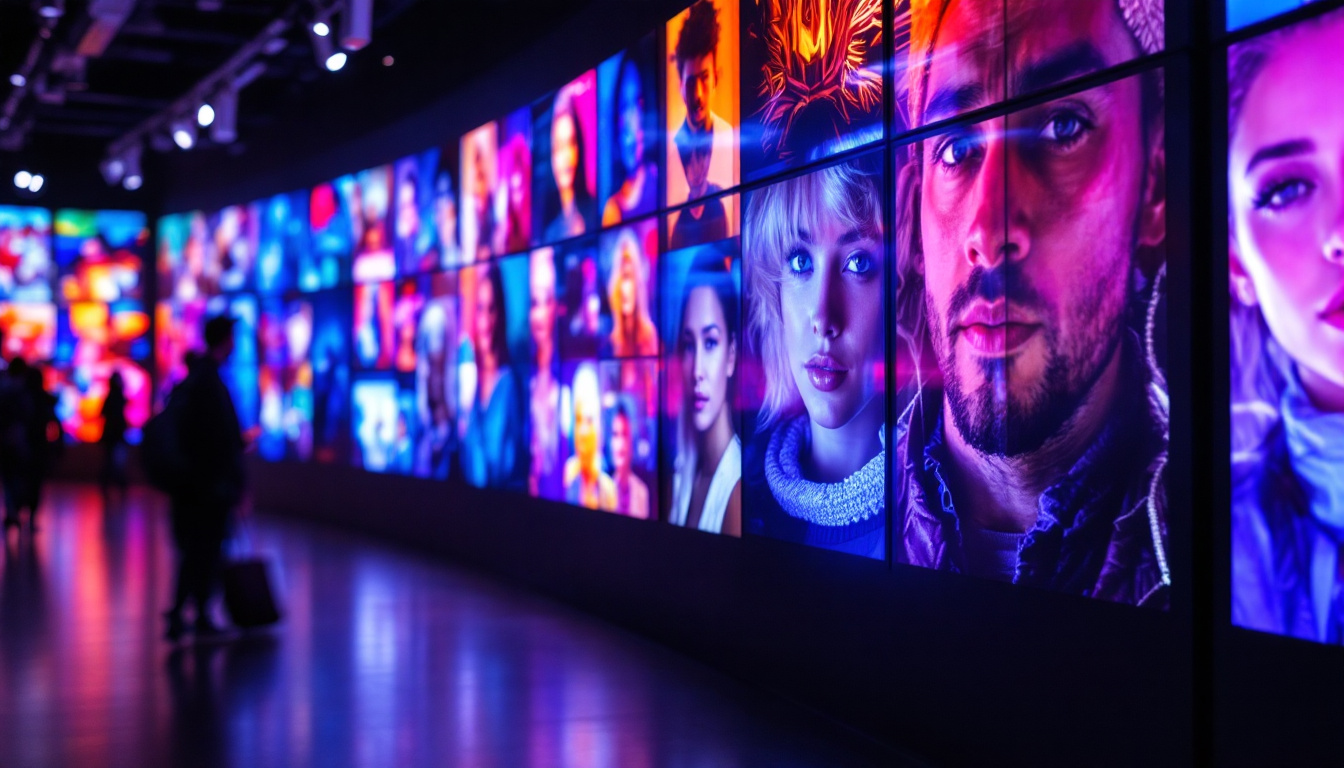In the realm of modern technology, LED displays have revolutionized how information is conveyed visually. Their energy efficiency, brightness, and versatility make them a popular choice in various applications, from televisions to digital billboards. However, understanding the intricacies of LED technology, particularly in relation to vibrations and energy, can be quite complex. This article delves into the mechanics of LED displays, exploring how they operate and the significance of selecting vibrations with the highest energy.
Understanding LED Technology
Light Emitting Diodes (LEDs) are semiconductor devices that emit light when an electric current passes through them. This phenomenon, known as electroluminescence, is the foundation of LED technology. The basic structure of an LED consists of a p-n junction, where p-type and n-type semiconductors meet. When voltage is applied, electrons from the n-type material recombine with holes in the p-type material, releasing energy in the form of photons, which we perceive as light. This process is not only efficient but also allows for a variety of colors to be produced based on the materials used in the semiconductor layers, making LEDs versatile for numerous applications.
Moreover, the advancements in LED technology have led to the development of organic LEDs (OLEDs) and quantum dot LEDs (QLEDs), which further enhance color accuracy and brightness. OLEDs, for instance, utilize organic compounds that emit light, allowing for thinner displays with better contrast ratios. On the other hand, QLEDs employ quantum dots to improve color performance and energy efficiency. These innovations are paving the way for more immersive visual experiences in consumer electronics, such as televisions and smartphones.
The Components of an LED Display
An LED display is composed of multiple individual LEDs arranged in a grid format. Each LED can emit different colors based on the materials used in its construction. Typically, red, green, and blue (RGB) LEDs are combined to create a full spectrum of colors through additive color mixing. The arrangement and density of these LEDs determine the display’s resolution and brightness. For instance, a higher density of LEDs can result in finer details and sharper images, which is essential for applications like digital signage and high-definition televisions.
In addition to the LEDs themselves, an LED display also includes driving circuits, which control the current flowing to each LED. This control is crucial for achieving the desired brightness and color accuracy. The integration of these components allows for the dynamic display of images and videos, making LED technology highly effective for various applications. Furthermore, modern LED displays often incorporate advanced technologies such as pixel mapping and color calibration systems, which ensure that the colors remain consistent across different viewing angles and lighting conditions. This level of sophistication enhances the overall viewing experience, making LED displays a popular choice for both commercial and artistic installations.
Energy Efficiency of LED Displays
One of the most significant advantages of LED displays is their energy efficiency. Compared to traditional incandescent or fluorescent lighting, LEDs consume significantly less power while providing greater brightness. This efficiency is particularly beneficial in large-scale installations, such as stadium screens or outdoor advertising, where energy costs can be substantial. Additionally, the longevity of LEDs—often lasting tens of thousands of hours—further contributes to their cost-effectiveness, as they require less frequent replacement and maintenance.
The energy consumption of an LED display is influenced by several factors, including the type of content being displayed, the ambient lighting conditions, and the overall design of the display. By optimizing these elements, users can maximize energy savings while maintaining high visual quality. For example, adaptive brightness technology allows LED displays to adjust their brightness based on surrounding light, reducing power usage during nighttime or low-light conditions. This not only lowers energy costs but also minimizes light pollution, making LED displays an environmentally friendly option for public spaces. As awareness of energy efficiency grows, the demand for LED technology continues to rise, driving further innovations in the field.
The Role of Vibrations in LED Performance
Vibrations can significantly impact the performance and longevity of LED displays. These vibrations may arise from various sources, including environmental factors, mechanical stresses, and even the operation of the display itself. Understanding how vibrations affect LED technology is essential for ensuring optimal performance and durability.
Types of Vibrations Affecting LED Displays
Vibrations can be categorized into two main types: mechanical vibrations and acoustic vibrations. Mechanical vibrations typically occur due to external forces, such as wind or seismic activity, while acoustic vibrations are generated by sound waves. Both types of vibrations can lead to various issues, including misalignment of LEDs, degradation of solder joints, and even complete failure of the display.
To mitigate these effects, manufacturers often employ various design strategies, such as reinforcing the display structure, using vibration-dampening materials, and ensuring proper mounting techniques. These precautions help maintain the integrity of the display and extend its operational lifespan.
Selecting High-Energy Vibrations
When discussing vibrations in the context of LED displays, the term “high-energy vibrations” refers to those that can effectively enhance the performance of the display. Selecting vibrations with the highest energy can lead to improved color accuracy, brightness, and overall visual quality.
High-energy vibrations can also play a role in the calibration of LED displays. By fine-tuning the display settings in response to these vibrations, operators can achieve optimal performance, ensuring that the visual output meets the intended specifications. This calibration process is crucial for applications where precision and clarity are paramount, such as in medical imaging or high-definition video production.
LED Display Calibration and Maintenance
Regular calibration and maintenance of LED displays are essential for ensuring consistent performance and longevity. Calibration involves adjusting the display settings to achieve the desired color accuracy and brightness levels, while maintenance focuses on the physical upkeep of the display components.
The Calibration Process
The calibration process typically begins with measuring the display’s current performance using specialized equipment. This equipment can assess various parameters, including color temperature, brightness uniformity, and contrast ratios. Based on these measurements, technicians can make the necessary adjustments to the display settings, ensuring that it operates at peak performance.
Calibration should be performed regularly, especially in environments where the display is subject to significant changes in lighting conditions or content. By maintaining accurate calibration, operators can avoid issues such as color drift or uneven brightness, which can detract from the overall viewing experience.
Maintenance Best Practices
In addition to calibration, regular maintenance is crucial for the longevity of LED displays. This maintenance can include cleaning the display surface, inspecting for physical damage, and checking the integrity of electrical connections. Dust and debris can accumulate on the display surface, affecting brightness and clarity, so routine cleaning is essential.
Furthermore, monitoring the display for signs of wear and tear can help identify potential issues before they escalate into more significant problems. By addressing these concerns promptly, operators can extend the lifespan of their LED displays and ensure consistent performance over time.
Applications of LED Displays
LED displays have found applications across a wide range of industries, thanks to their versatility and performance. From advertising to entertainment, these displays serve various purposes, each with unique requirements and challenges.
Advertising and Marketing
In the advertising industry, LED displays are used to capture attention and convey messages effectively. Their bright, vibrant colors and dynamic content capabilities make them ideal for outdoor billboards and retail signage. Businesses can leverage LED technology to create eye-catching advertisements that engage consumers and drive sales.
Moreover, the ability to change content quickly and easily allows advertisers to tailor their messages based on time of day, audience demographics, or current events. This flexibility enhances the effectiveness of marketing campaigns and maximizes return on investment.
Entertainment and Events
LED displays play a crucial role in the entertainment industry, particularly in live events such as concerts, sports games, and theatrical performances. These displays provide immersive visual experiences that enhance audience engagement and enjoyment.
high-resolution LED screens can display stunning visuals, from intricate graphics to live video feeds, creating a dynamic atmosphere that captivates audiences. Additionally, the ability to synchronize LED displays with audio and lighting effects further elevates the overall experience, making events more memorable.
Information and Communication
Beyond advertising and entertainment, LED displays are also utilized for information dissemination. Transportation hubs, such as airports and train stations, often feature LED screens that provide real-time updates on schedules, arrivals, and departures. These displays enhance communication and improve the overall efficiency of travel.
In educational settings, LED displays can be used to present information in classrooms or auditoriums, facilitating interactive learning experiences. Their versatility makes them valuable tools for conveying information in various contexts.
The Future of LED Displays
The future of LED displays looks promising, with ongoing advancements in technology and design. As the demand for high-quality visual experiences continues to grow, manufacturers are exploring new ways to enhance LED performance and expand their applications.
Emerging Technologies
One of the most exciting developments in LED technology is the integration of smart features. Smart LED displays can connect to the internet, allowing for remote monitoring and control. This connectivity enables operators to update content, perform diagnostics, and even adjust settings from anywhere in the world.
Additionally, advancements in organic LED (OLED) technology are paving the way for even more vibrant colors and improved contrast ratios. OLED displays offer the advantage of being thinner and more flexible than traditional LED displays, opening up new possibilities for creative applications.
Sustainability Considerations
As environmental concerns continue to rise, the sustainability of LED displays is becoming increasingly important. Manufacturers are focusing on creating energy-efficient products that minimize environmental impact. This includes using recyclable materials and reducing energy consumption during operation.
Furthermore, the longevity of LED displays contributes to their sustainability. With proper maintenance and care, these displays can last for many years, reducing the need for frequent replacements and minimizing waste.
Conclusion
LED displays represent a remarkable fusion of technology and artistry, providing vibrant visual experiences across various industries. Understanding the underlying mechanics, including the role of vibrations and energy, is essential for optimizing their performance. As technology continues to evolve, LED displays will undoubtedly play an even more significant role in shaping how information is communicated and experienced.
By selecting vibrations with the highest energy and ensuring regular calibration and maintenance, operators can maximize the potential of their LED displays. The future holds exciting possibilities for this technology, promising even more innovative applications and enhanced sustainability. As the world becomes increasingly visual, LED displays will remain at the forefront of communication and engagement.
Discover High-Energy LED Solutions with LumenMatrix
Ready to elevate your visual communication with the highest energy vibrations in LED technology? LumenMatrix is at the forefront of innovative LED display solutions, offering a wide array of products from Indoor and Outdoor LED Walls to specialized displays for Vehicles, Sports, and even Custom configurations. Embrace the future of vibrant, energy-efficient visual experiences with LumenMatrix. Check out LumenMatrix LED Display Solutions today and transform your space into a dynamic canvas of light and color.

